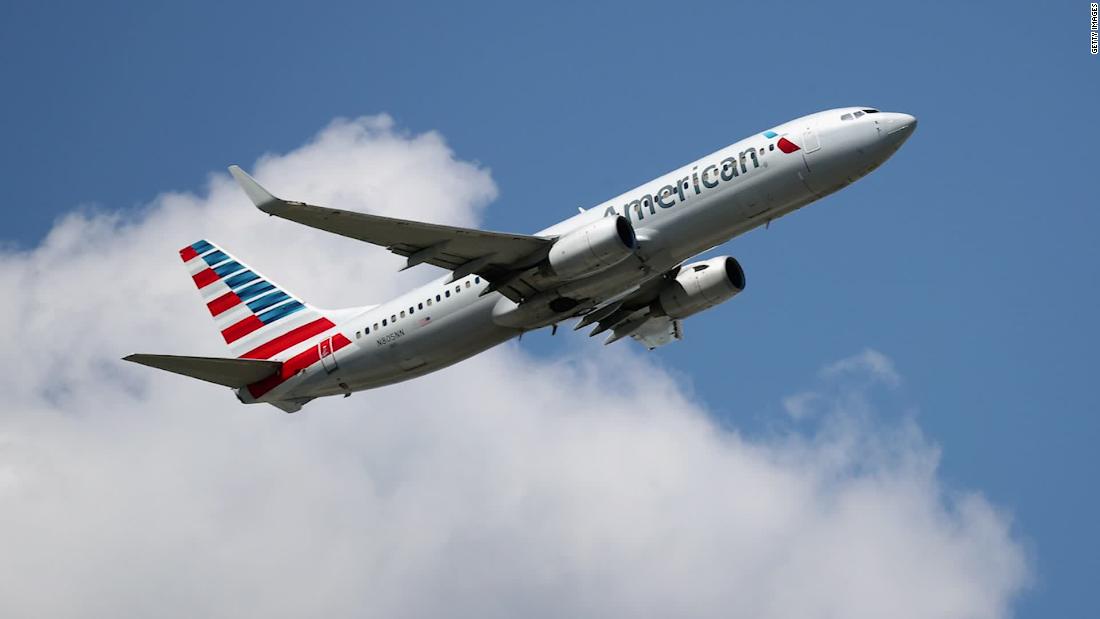[ad_1]
It appears that the mechanic tampered with an ADM (Air Data Module), which transmits important information, like airspeed, pressure, temperature and more to the cockpit instrument panel. Airliners are designed with redundant systems to act as back-up for failures, so this airplane had more than one ADM. More than likely, the crew either noticed a difference between their airspeed indications immediately or they received a display warning about the failure on their center cockpit display, or both.
Kudos to the pilots.
Even if the airplane had become airborne, the pilots would have been able to safely return to the airport because they receive training for just such circumstances. In fact, as part of standard procedure, after accelerating to a speed of 80 knots (92 mph) pilots crosscheck their instrumentation for discrepancies during the takeoff roll.
So how did this happen? Airplane mechanics are licensed by the Federal Aviation Administration. To maintain their certification, they must undergo a rigorous training– and recurrent training, as well. Airlines train mechanics for specific airplanes and for specific maintenance specialties. Whenever a mechanic repairs, replaces, or troubleshoots a problem, their signature and license number is recorded in a logbook. That signature is testimony to the airplane’s airworthiness. It’s a big deal.
This is of course ludicrous. Why a mechanic would deliberately sabotage an airplane and jeopardize not only the people on board, but his own livelihood is beyond my comprehension. Perhaps he believed that the warning systems would indicate a problem before the airplane left the gate.
Listen: Do mechanics, like other union employees, get frustrated at airline management because of stalled progress at the negotiation table? Of course. But normally the reaction is to nitpick, or to find mechanical discrepancies that don’t affect the airworthiness of the plane, but enable the mechanic to keep the plane on the ground for a time. Repairing an item just prior to departure time creates delays, a circumstance that gets the attention of airline management.
But the flying public should be aware that mechanics are screened and scrutinized the same as any airline employee. Most folks that reach the airline level of employment have a resume and a proven track record of repairing airplanes. Security issues are rarely a problem. Mechanics are a tight-knit group, working the same shifts together. Unusual behavior doesn’t go unnoticed.
This unfortunate situation is an anomaly. There is no epidemic of terrorist mechanics infiltrating the airlines. For this circumstance, the safeguards worked. The pilots followed their procedures. Airplane warning systems were activated as designed. The culprit was discovered. Bruce Willis did not have to intervene. You can now board your flight.
[ad_2]
Source link


